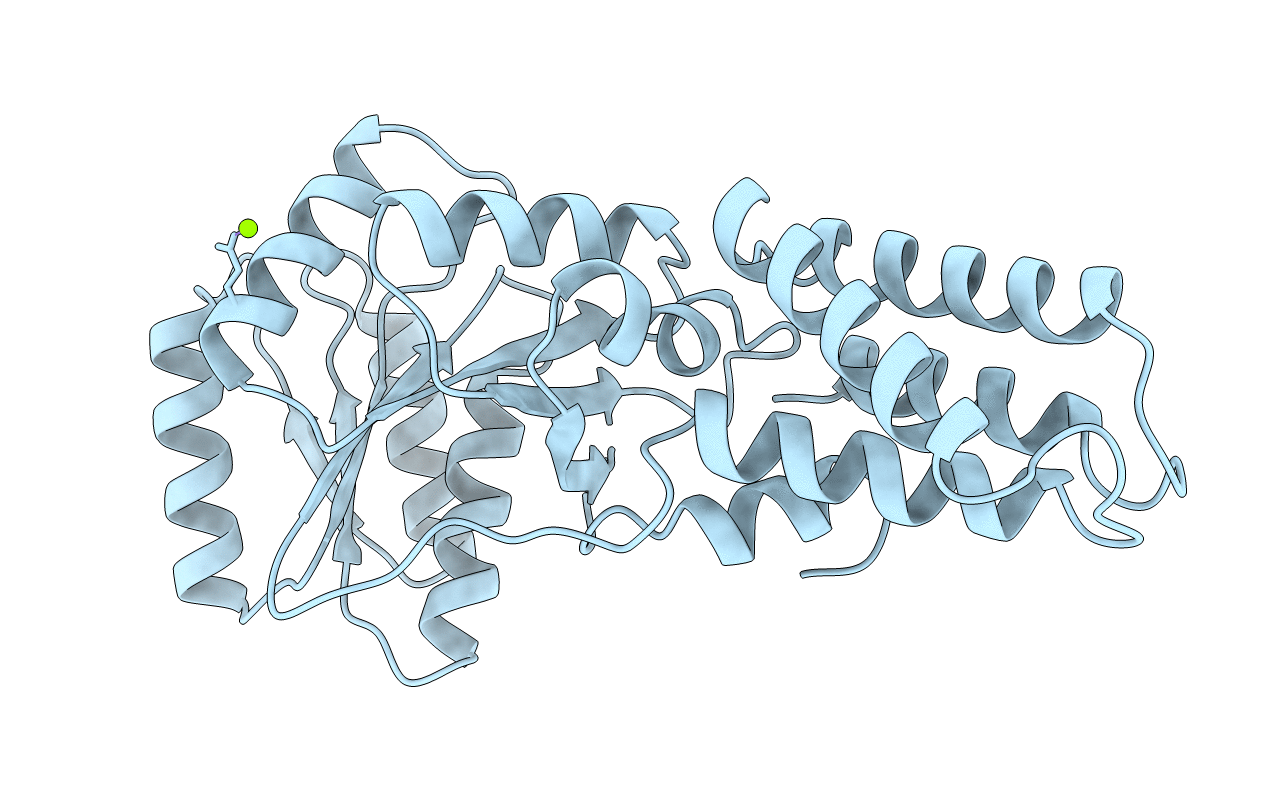
Deposition Date
1996-12-30
Release Date
1997-12-31
Last Version Date
2024-02-07
Entry Detail
PDB ID:
1FFH
Keywords:
Title:
N AND GTPASE DOMAINS OF THE SIGNAL SEQUENCE RECOGNITION PROTEIN FFH FROM THERMUS AQUATICUS
Biological Source:
Source Organism:
Thermus aquaticus (Taxon ID: 271)
Host Organism:
Method Details:
Experimental Method:
Resolution:
2.05 Å
R-Value Free:
0.24
R-Value Work:
0.18
R-Value Observed:
0.18
Space Group:
C 1 2 1


